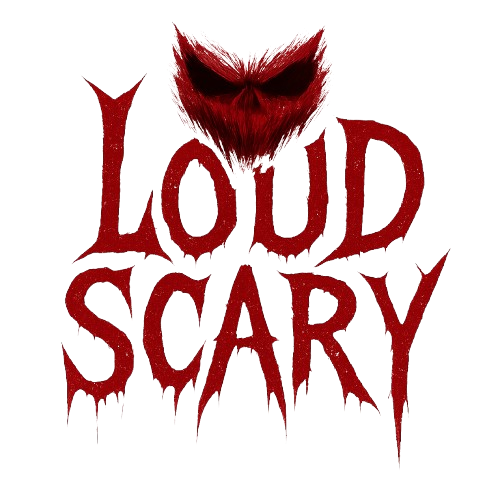The House That Eats Trick-or-Treaters A True Horror Story About a Suburban Home That Demands Sacrifice
 |
| A True Horror Story About a Suburban Home That Demands Sacrifice |
The Halloween Nobody Talks About
Every town’s got that one house. The one kids cross the street to avoid even in daylight. In ours, it’s the house at the very end of Willow Trace Drive. The shutters hang at weird angles, the paint flakes off in strips like dried-up skin, and there’s something about it that feels... off. Like it’s trying too hard to look normal. People around here used to whisper about it. They called it the house that eats trick-or-treaters. Nobody says that out loud anymore but everyone still remembers.When It All Started
Back in the early nineties, Willow Trace was the perfect little neighborhood. Kids running around in cheap plastic costumes, parents laughing from the sidewalks, the smell of pumpkin guts and cider floating in the air. Safe. Comfortable. Predictable. Then Tommy Raines disappeared. He was eight. Dressed as a cowboy. Last seen heading up to that house with his trick-or-treat pumpkin swinging by his side. They said he knocked twice. The porch light flickered. And then… nothing. Police searched for days. The place turned out to be empty inside just floors, no furniture, no wiring, walls smelling like something sour underneath the drywall. But here’s what people never forget: the next morning, there were candy wrappers scattered across the porch steps. And sitting there, half full of candy, was Tommy’s little orange pumpkin.The Legend of Willow Trace Drive
Over the years, it happened again. Every few Halloweens, another kid vanished. Never in the same pattern, never from the same house but always near the dead end. Always near that house. Parents warned their kids not to go near it. But we all know how dares work. Teenagers laughing, double-dog daring each other to go touch the porch rail or peek through the window. Kids claiming the house moved when no one was looking. Breathing, maybe. They said the siding shifted, the boards flexed, like the house was alive under the skin of wood and nails. By 2010, half the neighborhood moved out. Too many stories, too many sleepless nights. Willow Trace started to crumble. And then, a few years later, I moved in.What I Found After Moving In
I didn’t believe the stories. I’ve always loved a good true horror story, but never thought twice about whether they were real. The price was low enough that it felt like destiny. The realtor acted relieved when I said yes too relieved, in hindsight. The first night was quiet. A little too quiet. I was unpacking in the kitchen when I spotted something in the sink. A small orange bucket, cracked along the edge. It looked like one of those cheap Halloween pumpkins kids carry around. Which was odd, because it was July. I laughed it off. Probably left behind by a previous owner, right? But that night, I heard footsteps on the porch. Slow ones. Then came three knocks on the front door. When I opened it, there was nothing but darkness and this faint smell… like candy left too long in a damp basement. I told myself not to be stupid. Old house, weird noises. But deep down, something felt wrong. That house wasn’t empty anymore.Halloween Came Too Soon
By October, the air turned thick and still, and the porch light started to flicker every time I passed it. The walls popped at night like something was shifting inside. Halloween arrived, and I decided to do what everyone else did act normal. I bought a few bags of candy, turned on the porch light, and waited.The first kids came and went like always, a little nervous at first but happy enough to grab candy and run. Then came the last group. Two girls dressed as witches and a boy in a skeleton mask. They climbed the steps. I leaned down with the candy bowl. The boy hesitated before taking anything. He looked over my shoulder, past me, into the house. His little voice was quiet, but I swear I heard it “You live here now.” I didn’t answer. I couldn’t. They turned and left, their laughter fading down the street. When I looked down, the candy bowl was on the floor. Spilled. The light above the door flickered, buzzed, then died. And from the walls came this faint, sticky chewing sound like someone gnawing on wet paper.

.png)